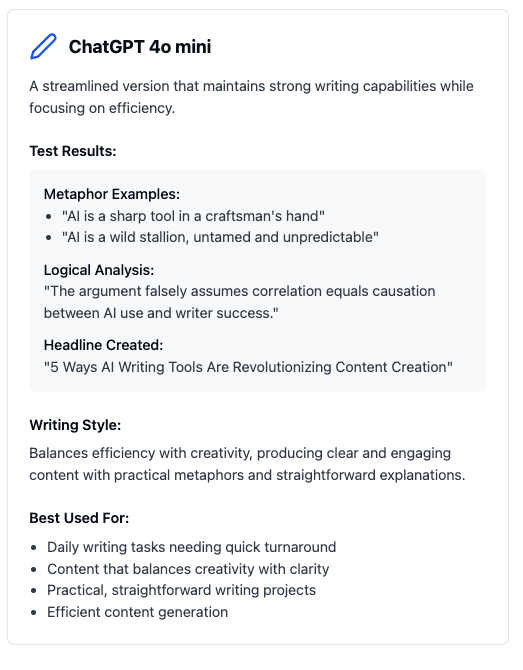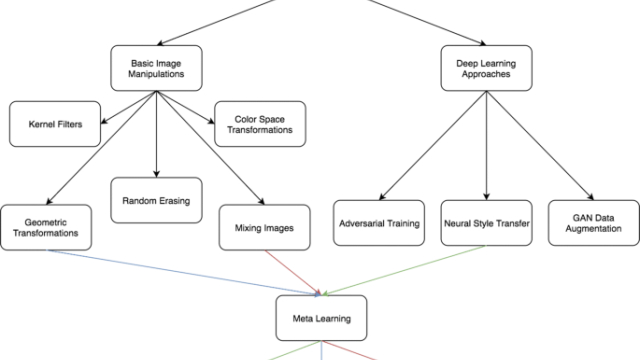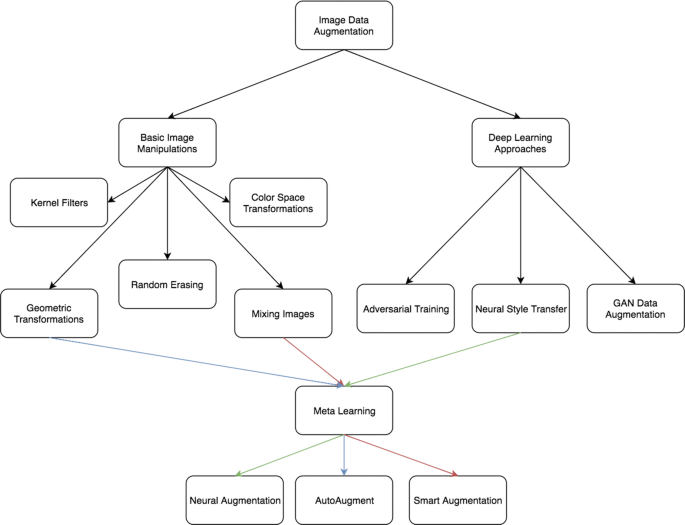In an era defined by information overload and rapid technological advancements, the landscape of journalism is undergoing a profound transformation. At the forefront of this revolution stands Generative AI, a powerful subset of artificial intelligence capable of producing novel content, from text and images to code and data. While its creative capacities are undeniable, its integration into the rigorous world of investigative journalism presents both unprecedented opportunities and significant challenges. For journalists dedicated to uncovering truth and holding power accountable, Generative AI promises to be a game-changer, offering tools to sift through mountains of data, identify hidden patterns, and even draft initial reports. However, this powerful alliance also brings forth a complex web of ethical implications, demanding careful consideration of data integrity, potential for misinformation, and the very essence of human oversight.
- The Transformative Potential of Generative AI in Investigative Journalism
- Augmenting Data Analysis and Pattern Recognition
- Streamlining Research and Information Gathering
- Assisting in Content Generation and Narrative Development
- Enhancing Data Integrity and Verification in an AI-Driven World
- AI as a Tool for Fact-Checking and Cross-Referencing
- The Challenges: Algorithmic Bias and Data Hallucinations
- Implementing Robust Verification Protocols
- Navigating the Ethical Minefield: Key Considerations for Generative AI
This comprehensive article delves into the burgeoning role of Generative AI in investigative reporting. We will explore how these sophisticated AI systems can enhance data analysis, streamline research, and even assist in content generation, thereby augmenting the capabilities of human journalists. Crucially, we will also dissect the critical ethical considerations that arise, including the risks of deepfakes, algorithmic bias, and the imperative for transparency. By understanding both the immense potential and the inherent pitfalls, we can navigate this new frontier responsibly, ensuring that Generative AI serves as a powerful ally in the pursuit of truth, rather than a vector for deception. Join us as we explore how this cutting-edge technology is redefining the future of watchdog journalism.

The Transformative Potential of Generative AI in Investigative Journalism
The sheer volume of digital information available today can be overwhelming, even for the most dedicated investigative teams. This is where Generative AI offers a paradigm shift, presenting technological advancements that can dramatically enhance the efficiency and scope of journalistic inquiry. By automating and accelerating tasks that were once labor-intensive and time-consuming, AI empowers journalists to focus on the higher-level critical thinking and narrative construction that define their craft.
Augmenting Data Analysis and Pattern Recognition
Investigative journalism often hinges on the ability to connect disparate pieces of information, revealing patterns that might otherwise remain hidden. Generative AI excels at this. For instance, large language models (LLMs) can process and summarize thousands of financial documents, emails, or public records, extracting key entities, relationships, and anomalies in a fraction of the time it would take a human analyst.
- Automated Document Review: AI can scan vast archives of legal documents, corporate filings, or government reports, identifying relevant clauses, parties, and discrepancies. This is particularly useful in complex investigations involving multiple jurisdictions or intricate financial networks.
- Anomaly Detection: By establishing baselines from large datasets, Generative AI can flag unusual transactions, sudden shifts in behavior, or inconsistencies in official statements, pointing journalists towards potential areas of corruption or malfeasance.
- Topic Modeling and Trend Analysis: AI can identify recurring themes and emerging trends across massive collections of articles, social media posts, or public comments, helping journalists understand public sentiment or identify disinformation campaigns.
- Contextual Summarization: AI can provide concise summaries of lengthy reports, academic papers, or legislative texts, offering journalists a quick grasp of the core arguments and critical details. This accelerates the onboarding process for new investigations.
- Question Answering Systems: Journalists can query AI models about specific facts, historical events, or expert opinions, receiving curated answers drawn from vast knowledge bases. While requiring careful verification, this speeds up the initial fact-finding process.
- Generating Hypotheses and Research Questions: Based on initial data inputs, AI can suggest potential angles for investigation or formulate specific questions to guide further research, acting as a brainstorming partner.
- Drafting Initial Reports: AI can generate first drafts of factual summaries, background sections, or even basic news reports based on structured data and key findings. This frees up journalists to refine the narrative, conduct interviews, and add depth.
- Producing Data Visualizations and Infographics: Some Generative AI tools can translate complex data into clear, compelling visual formats, helping to communicate findings effectively to a broad audience.
- Localizing Global Stories: AI can adapt global investigative findings to local contexts by integrating local data and examples, making complex issues more relatable to specific communities.
- Automated Fact-Checking: AI can compare claims made in a document or statement against a database of established facts, public records, and authoritative sources, flagging inconsistencies. This can be invaluable when dealing with large volumes of political speeches or corporate disclosures.
- Source Verification: AI can assist in verifying the credibility of sources by analyzing their past publications, affiliations, and historical accuracy, although human judgment remains critical for nuanced assessments.
- Identifying Disinformation Campaigns: By analyzing patterns in language, propagation, and content across social media and news platforms, AI can help detect coordinated disinformation efforts and identify potential bad actors. Tools leveraging technological advancements in natural language processing (NLP) can pinpoint subtle linguistic cues indicative of propaganda or fabricated narratives.
- Algorithmic Bias: If the training data for an AI model contains historical biases (e.g., disproportionate representation of certain demographics in crime data), the AI might inadvertently perpetuate these biases in its analysis or content generation, leading to skewed findings or unfair portrayals.
- Data Hallucinations: Generative AI models are known to “hallucinate” – generating plausible-sounding but entirely false information. This is a significant risk in investigative journalism where accuracy is paramount. A fabricated statistic or a wrongly attributed quote generated by AI could severely damage a journalist’s credibility.
- Source Obfuscation: When an AI synthesizes information from multiple sources, the original context and attribution can be lost, making it harder for journalists to verify the underlying facts. Maintaining a clear chain of custody for information is crucial.
- Human-in-the-Loop: Every piece of information generated or analyzed by AI must be reviewed and validated by a human journalist. AI serves as an assistant, not an autonomous decision-maker.
- Transparency of AI Models: News organizations should understand how their AI tools are trained, what data they use, and what their known biases or limitations are.
- Cross-Verification with Multiple Sources: AI-generated leads or summaries should always be cross-referenced with independent, human-verified sources.
- Audit Trails: Systems should be in place to track how AI was used in an investigation, what data it processed, and what outputs it produced, allowing for accountability and debugging.
- Erosion of Trust: The widespread proliferation of deepfakes could severely erode public trust in visual and
For example, imagine an investigation into a global supply chain where thousands of shipping manifests, invoices, and customs declarations need to be cross-referenced. A Generative AI model trained on such data could quickly identify irregular shipping routes, unusual payment patterns, or companies with suspicious interconnections, providing crucial leads for human journalists to pursue. This capability is not about replacing human insight but amplifying it, allowing reporters to cover ground previously deemed impossible.

Streamlining Research and Information Gathering
Beyond analysis, Generative AI can significantly streamline the initial phases of research. Its ability to synthesize information from various sources can provide journalists with a rapid understanding of complex subjects.
These tools allow journalists to move beyond the grunt work of information retrieval and dedicate more time to critical analysis, source development, and nuanced storytelling. It’s about making the investigative process more agile and responsive to the fast-paced nature of modern news cycles.

Assisting in Content Generation and Narrative Development
While the core of investigative journalism remains human-driven storytelling, Generative AI can assist in various aspects of content creation, especially for preliminary drafts or specific content formats.
However, it is paramount that any AI-generated content undergoes stringent human review. The AI’s role is to provide a starting point, a scaffold upon which the journalist builds a robust, verified, and ethically sound narrative.

Enhancing Data Integrity and Verification in an AI-Driven World
The bedrock of investigative journalism is data integrity – the accuracy, consistency, and reliability of information. As Generative AI becomes more integrated into the journalistic workflow, its potential to both enhance and challenge data integrity becomes a central concern. On one hand, AI offers powerful tools for verification; on the other, its outputs require rigorous scrutiny to prevent the spread of misinformation.
AI as a Tool for Fact-Checking and Cross-Referencing
Generative AI, particularly large language models, can be trained on vast corpora of verified information, making them powerful allies in fact-checking.
For example, during an election cycle, an AI system could continuously monitor political ads and statements, cross-referencing claims about economic data, policy outcomes, or historical events with official government statistics and reputable academic research. Any significant discrepancies would be highlighted for immediate journalistic review.
The Challenges: Algorithmic Bias and Data Hallucinations
While AI can bolster data integrity, it also introduces new vulnerabilities. The very nature of Generative AI, trained on existing data, means it can inherit and amplify biases present in that data.
To counteract these challenges, journalists must adopt a “trust but verify” approach to all AI-generated outputs. This involves understanding the limitations of the AI, scrutinizing its sources, and applying human critical thinking at every stage.
Implementing Robust Verification Protocols
To ensure data integrity in an AI-assisted newsroom, strict protocols must be established:
“Data integrity is the non-negotiable foundation of credible journalism, and AI must be employed in ways that strengthen, not undermine, this principle.” By embracing these rigorous verification processes, journalists can harness the power of AI while safeguarding the accuracy and trustworthiness of their work.
Navigating the Ethical Minefield: Key Considerations for Generative AI
The integration of Generative AI into investigative journalism is not merely a technical challenge; it’s a profound ethical one. The very capabilities that make AI so powerful – its ability to create, synthesize, and automate – also introduce significant ethical implications that demand careful navigation. Journalists, news organizations, and technology developers must collaboratively establish robust frameworks to ensure responsible deployment.
The Specter of Deepfakes and Misinformation
One of the most pressing ethical implications of Generative AI is its capacity to create highly realistic synthetic media, commonly known as deepfakes. These AI-generated images, audio, and video can convincingly mimic real individuals, making it difficult to distinguish between authentic and fabricated content.









